When creating a safe and enjoyable outdoor space, ensuring electrical safety near your pool is paramount. Pools are meant to be a source of relaxation and recreation, but the combination of water and electricity can pose serious hazards if not managed properly. Today, we’ll explore essential tips and precautions to help you create a secure environment and minimize the risk of electrical hazards near your pool.
- Install Ground Fault Circuit Interrupters (GFCIs):
One of the most crucial steps in ensuring electrical safety near your pool is the installation of Ground Fault Circuit Interrupters. GFCIs are designed to quickly shut off power during a ground fault, preventing potential electric shocks. Ensure all outdoor outlets, lights, and appliances near the pool are equipped with GFCIs.
- Keep Electrical Devices Away from Water:
It may seem like common sense, but it’s worth emphasizing – keep all electrical devices, such as radios, speakers, and extension cords, away from water sources. Ensure that power cords are positioned in a way that they won’t come into contact with the pool water, and always store electrical devices in a dry and safe location.
- Invest in Waterproof Poolside Lighting:
Proper lighting enhances the ambiance of your pool area, but it’s crucial to choose fixtures that are specifically designed for outdoor and wet environments. Invest in waterproof poolside lighting to reduce the risk of electrical accidents. LED lights with appropriate waterproof ratings are an excellent choice for both safety and energy efficiency.
- Regularly Inspect and Maintain Electrical Equipment:
Perform routine inspections of all electrical equipment around your pool. Check for signs of wear, damage, or corrosion. If you notice any issues, address them promptly by repairing or replacing the affected components. Regular maintenance ensures that your electrical systems remain in good condition and reduces the likelihood of unexpected failures.
- Install Weatherproof Outlet Covers:
Protect your outdoor outlets by installing weatherproof outlet covers. These covers are designed to shield outlets from rain, splashes, and other environmental factors, reducing the risk of electrical shorts and malfunctions. Additionally, when outlets are not in use, keep them covered to prevent water ingress.
- Position Electrical Outlets Strategically:
When planning the layout of your pool area, strategically position electrical outlets away from water sources. Ensure that they are installed at a safe distance from the pool, and consider elevated positions to minimize the risk of water splashing onto the outlets.
By taking proactive steps to address electrical safety near your pool, you can create a secure and enjoyable environment for your family and guests. Regular maintenance, proper installation of safety devices, and adherence to safety guidelines will help you minimize the risk of electrical hazards, ensuring that your pool area remains a place of relaxation and fun for everyone.
Choose Sunderland Electric for expert electrical solutions, ensuring your pool area remains a safe and enjoyable oasis with our top-notch installations and safety measures.


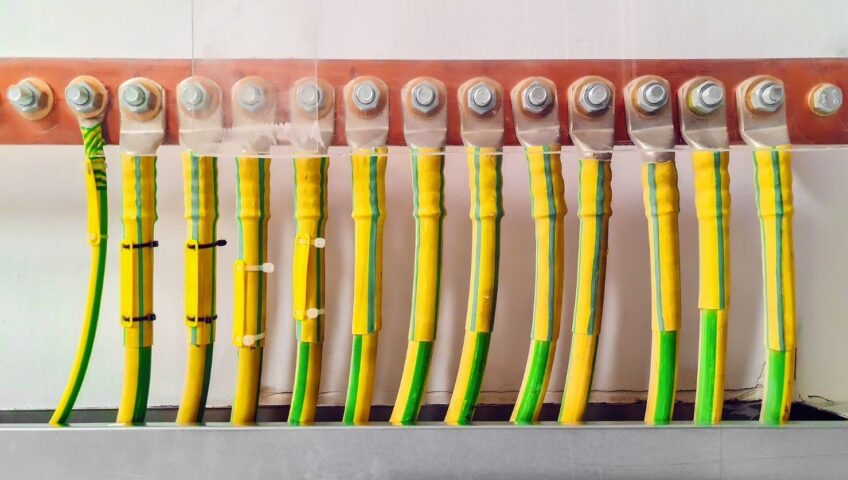
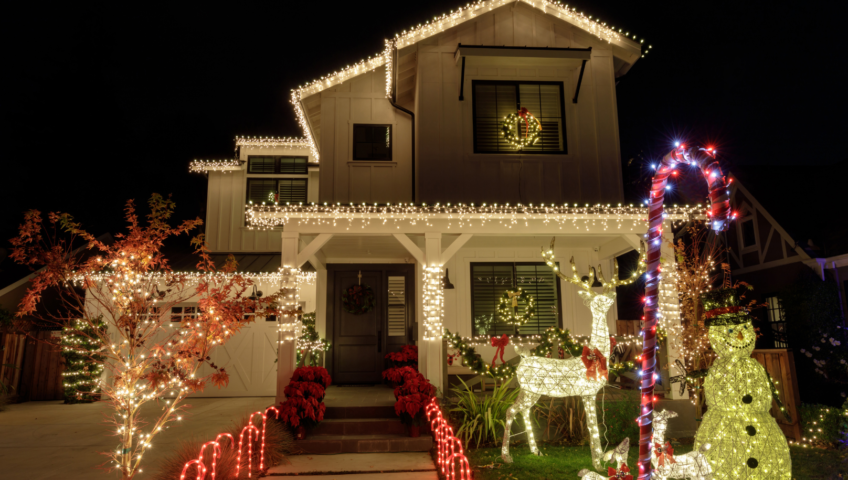
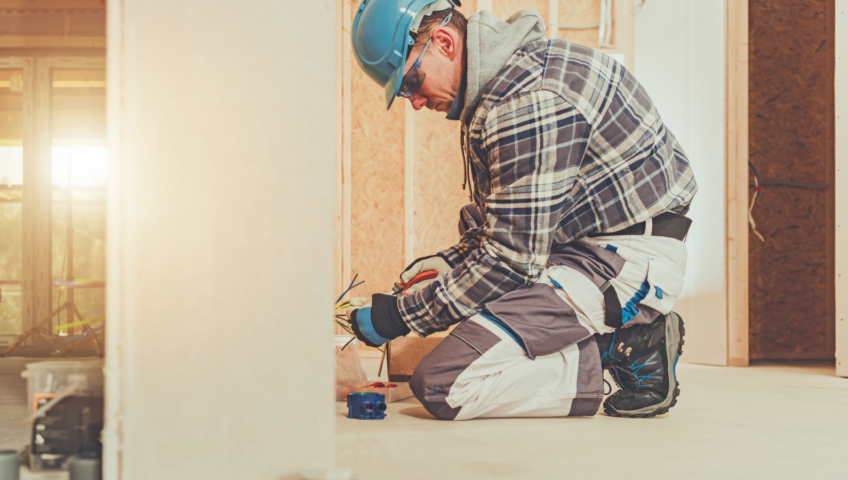
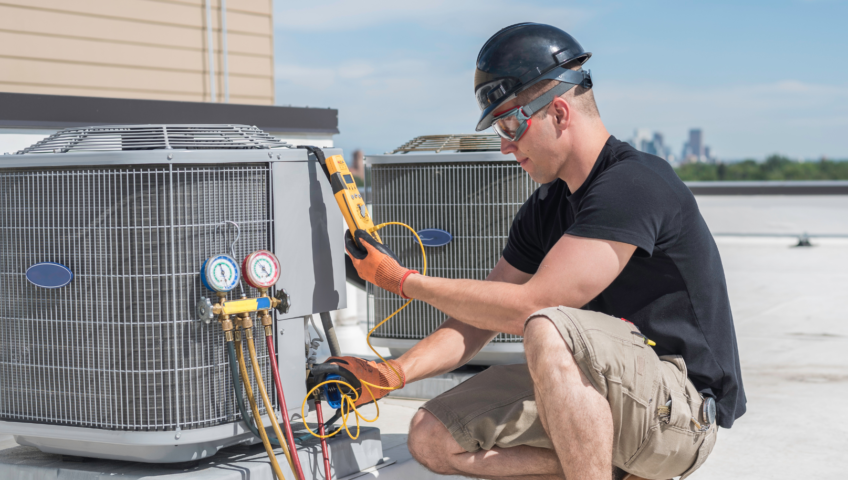
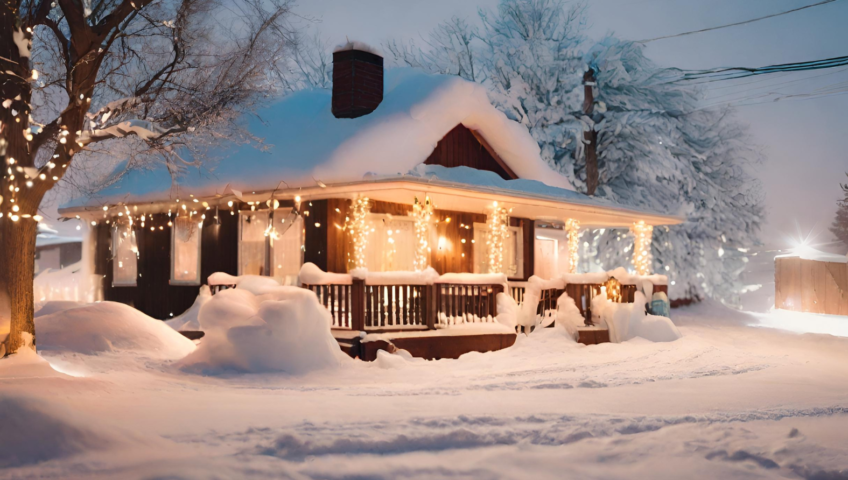
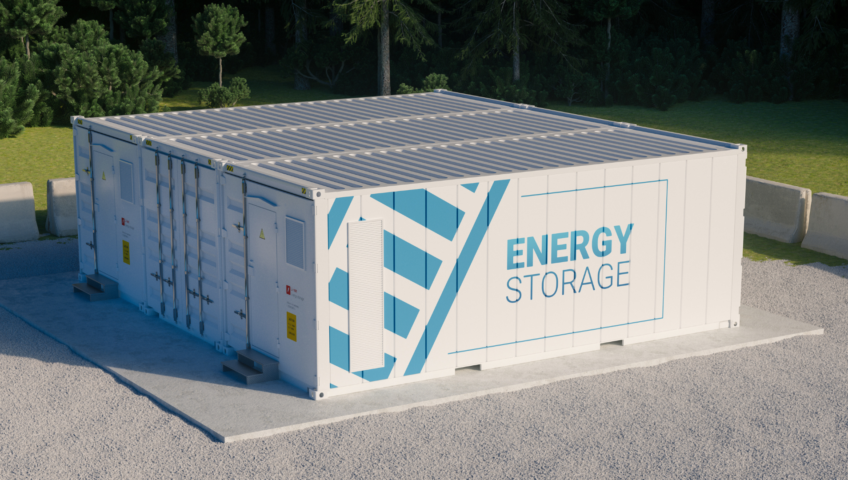

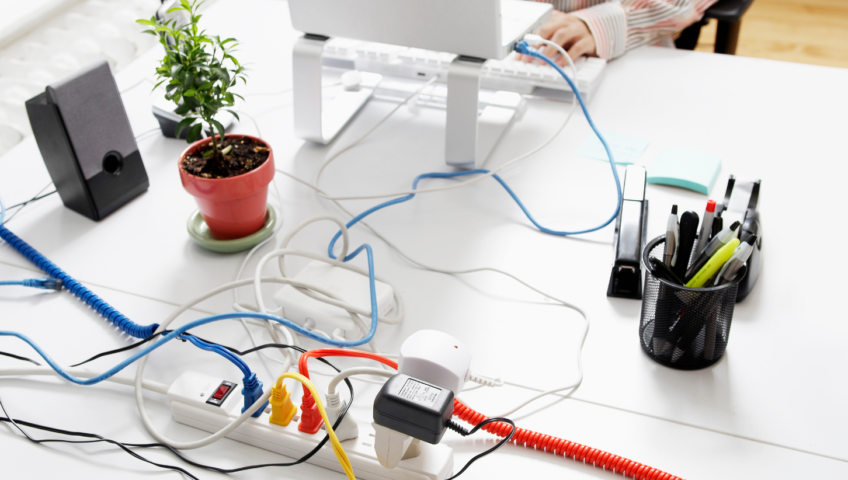
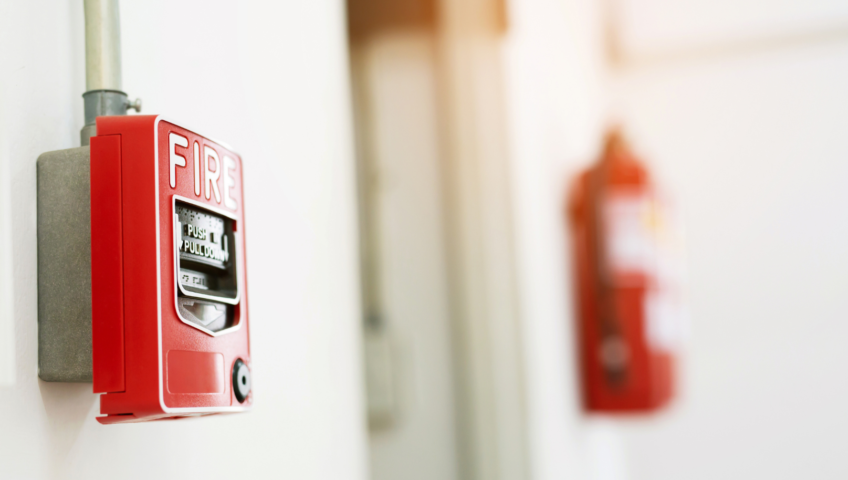
Recent Comments